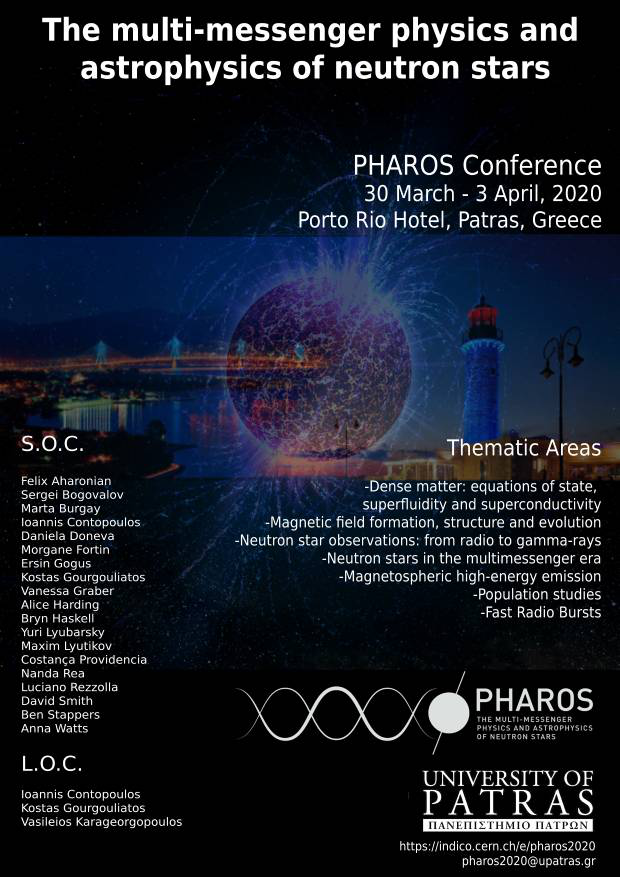Speaker
Description
Thermal X-ray radiation of neutron stars gives a chance to study their fundamental characteristics such as radii, masses, effective temperatures, and chemical composition of the surfaces. The X-ray emergent spectra form in the gaseous envelopes of the neutron stars and can be computed together with the structures of the upper envelope layers which can be named atmospheres. Comparison of the computed spectra with the observed X-ray spectra allows to determine the neutron star properties. This approach was applied to the X-ray bursting neutron stars in low-mass X-ray binaries and the thermally emitting neutron stars in Supernova remnants, so called Central Compact Objects (CCOs). As a result we concluded, based on studying both types of objects, that neutron star radii are in the range 11-13 km, which is important for limitation of the possible supra-dense matter properties in the inner neutron star cores. The ages of the CCOs are also known. Thus, measurements of their effective temperatures and the chemical compositions of the envelopes allow to find limitations on their cooling history and evaluate the superfluidity importance in their inner cores. A short review of the obtained results will be presented together with the recent theoretical modeling allowing to estimate the effects of model uncertainties on the obtained results.

